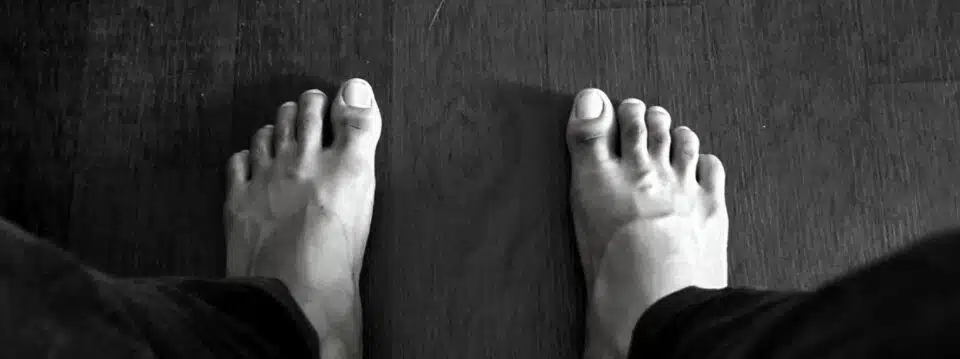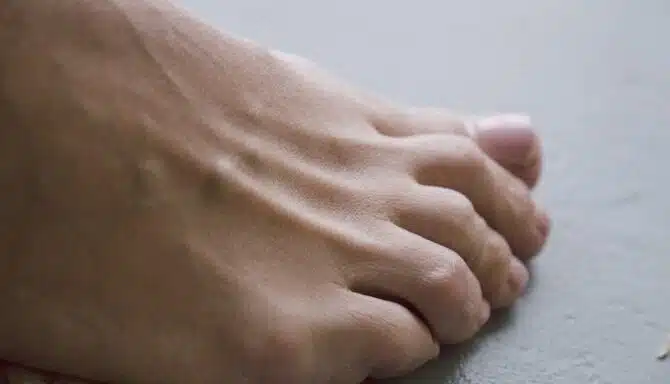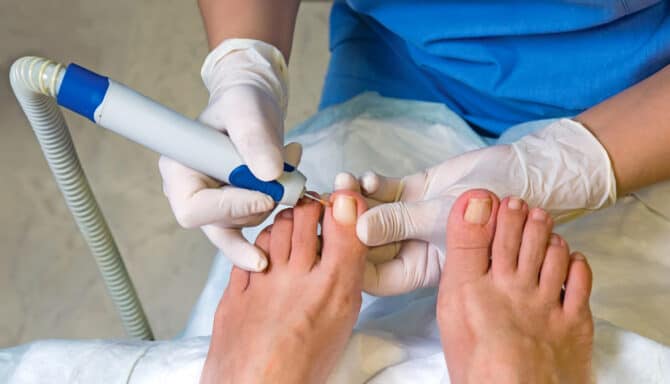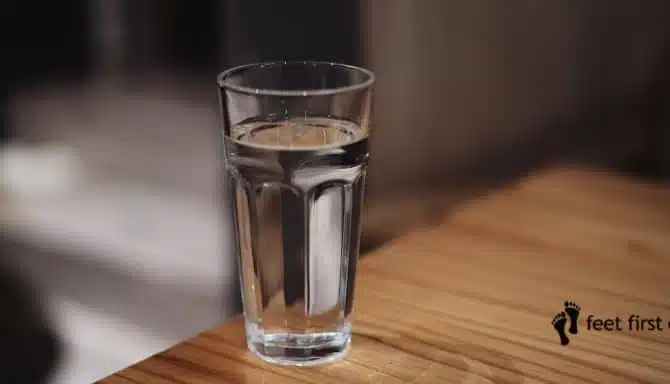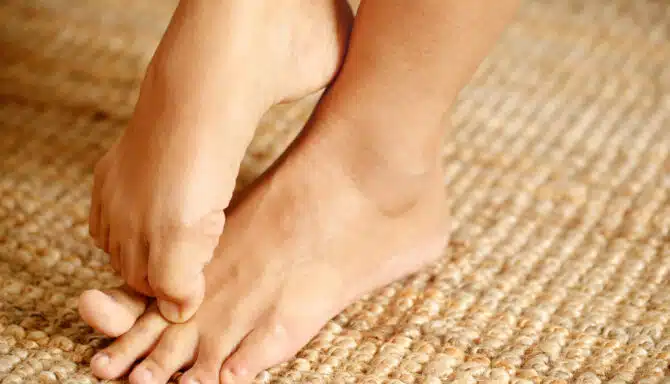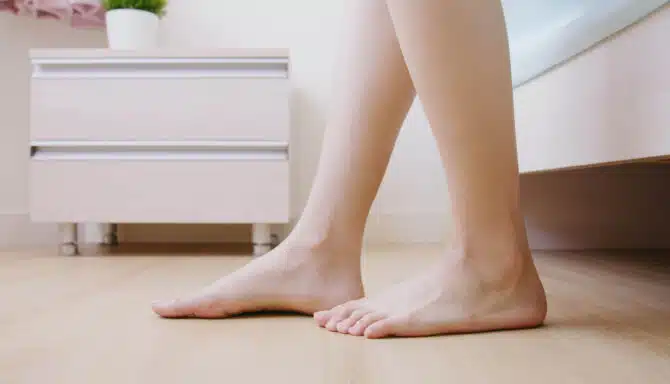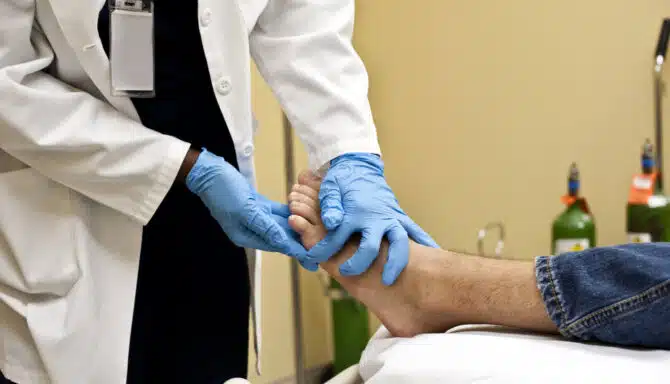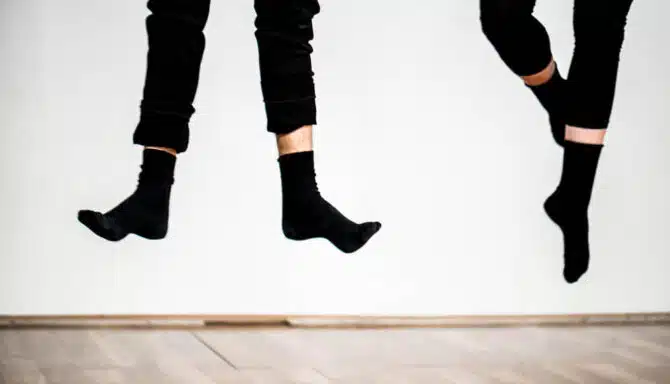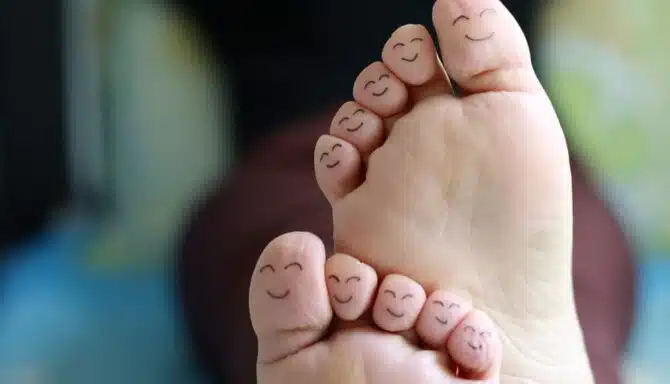Ageing Feet: Common Conditions
Ageing is inevitable. Foot problems aren’t. Understandably, as we age, our bodies are no longer what they once were. This includes ageing feet. After all, we put our bodies under immense wear and tear over the years. Ageing feet are prone to a number of conditions. In fact, many older adults are prone to certain foot conditions they’ve never experienced before. As we age, prevention is key. Treatment and recovery can be more difficult as the body ages. Learn about the various foot conditions that may affect the older population.
Fat Pad Atrophy
Fat Pad Atrophy is the thinning of the pad that protects the underlying structures of your feet, such as neurovascular tissues, ligaments and tendons. This is the “cushioning” of your feet. The fat pad protects your feet in everyday activity. Over time, this 1-2 cm pad begins to wear down as you age. According to the Ontario Podiatric Medical Association, by the age of 50, people lose half of the fat pad. Treatment includes custom foot orthotics, and orthopaedic footwear, both of which are sold in-store at Feet First Clinic.
Morton’s Neuroma
Morton’s Neuroma is foot condition in the ball of your foot. It occurs most commonly in the area between your third and fourth toes. Morton’s neuroma can feel like you’re walking on a pebble and worsens with tight footwear and high heels. Neuroma is more common in females and inactive individuals, usually aged 15-50.
Cracked Heels
When the skin on the bottom of your heels becomes overly dry, it can split and crack. This condition is known as Cracked Heels. These fissures can be painful and bleed. If they persist, your heels can become infected.
Plantar Fasciitis
Plantar fasciitis is an inflammation of the tissue (plantar fascia) along the bottom of your foot between your heel bone and toes. This condition of the arch is most commonly associated with overuse. Pain is gradual, but can be sharp upon first steps after prolonged rest—like when waking up.
Osteoarthritis
Osteoarthritis is a common condition for adults over 70. This degenerative joint disease is the most common form of arthritis. Breakdown of cartilage and formation of osteophyte (bony outgrowth) are common symptoms.
Risk factors include:
- Gender: women are more likely than men to suffer from OA, especially in the hands and knees.
- Joint injury: prior trauma can alter joint alignment and cause more overuse in certain areas.
- Obesity: increased weight will increase load on the joints, causing earlier onset of osteoarthritis.
- Biomechanics: deviations in foot and knee joints can cause excess wear on certain joint areas.
Bone Spurs
Bone spurs are bone outgrowths caused by osteoarthritis. Often, bone spurs develop at joints, and where bones meet. The most common place for bone spurs is in the foot. Conditions include hallux rigidus and heel spurs.
Hallux Rigidus

Hallux rigidus is the medical term for stiff big toe. Hallux rigidus is a stiff first metatarsophalangeal joint (MTPJ) characterized by a bone spur on the big toe. This condition develops over time due to osteoarthritis and progressively worsens. Since it’s a wear-and-tear condition, ageing feet are particularly prone. Custom foot orthotics and stiff shoes with a rocker midsole can help prevent and limit the onset of hallux rigidus. Otherwise, surgery may be your best option.
Heel Spurs are a bony growth from the underside of the heel bone that forms due to repetitive muscular and ligament strain. Common activities include: walking, running, and jumping. Heel spurs are managed by rest, exercise, custom foot orthotics, supportive footwear, a night splint, over-the-counter medications such as ibuprofen, and cortisone injections.
Bunions

One in three people older than 18 have bunions making it one of the most common foot conditions. Bunions are bony protrusions along the edge of the big toe. At the site of the MTPJ, which bears up to 60% of our body weight, bones are particularly susceptible to shifting. Herein lies the start of a bunion. The bones of the big toe and foot can deviate from proper alignment and create the angular protrusion that juts out from the base of the big toe. Studies show that bunion deformity occurs more frequently in women and older individuals.
Ingrown Toenails
An ingrown toenail occurs when the side of the toenail curls down and pierces the flesh of the toe as the nail grows. Older adults are prone to ingrown toenails because of curved or thick nails. Thick and curved nails make ingrown toenails more prevalent.
Causes include:
- Cutting your toenail too short or rounding the edge of the nail
- Wearing shoes or socks that don’t fit well can also cause an ingrown toenail
- Tight shoes
Have an ingrown toenail? Visit Feet First Clinic for a proper diagnosis and treatment.
Flat Feet
Flat feet occur when your arch collapses, and can be a sign of ageing feet. Adults may get flat feet because of an injury, obesity, diabetes or high blood pressure. Over time, the tendons supporting your arch weaken, and your feet flatten. Orthotics, physical therapy, braces, and surgery help.
Gout
Middle-aged men’s ageing feet are most susceptible to gout, a common and complex form of arthritis. Gout is due to a condition known as hyperuricemia, which occurs when there is too much uric acid in the body. Red meat, shellfish, alcohol, and sugary foods all contribute to the build of uric acid. As you age, avoid the aforementioned to limit your chance of gout.
Bursitis
According to Harvard Medical School, bursitis is most common in people who are overweight, elderly or diabetic. Bursitis is an inflammation of a bursa, and often occurs in the foot. Bursae, which are small sacs of fluid that protect your tendons, bones, and joints, can swell and become painful due to repetitive impact. Fortunately, ice, and non-steroidal anti-inflammatory drugs (NSAIDs) such as aspirin, ibuprofen, and naproxen can help.
Hammertoe
Hammertoes look like curled toes. (Read: I Have Curled Toes — Is There Something Wrong?) Hammertoe is a toe deformity in which the middle toe joint is abnormally contracted a bent causing the toe to curl downward. This can typically affect one or more toes and can either be fixed or mobile, and the second toe is most often affected.
Stress Fractures
Stress fractures are a small crack in a bone. Repetitive use, or trauma can cause the bone to break. According to one study, “the incidence of stress injuries in older athletes is noticeably increasing, associated with a more active, older population.” Unfortunately, there isn’t much you can do with a stress fracture other than to rest, or stay off your feet. However, non-impact exercise like swimming is a way to stay active, but be careful of aggravating the bone.
Ageing Feet? We’re Here To Help!
As we age, regular foot health check-ups are essential. Be proactive, not reactive. Book an appointment with one of our Licensed Chiropodists for a thorough assessment to determine an appropriate preventative plan, or for treatment.
